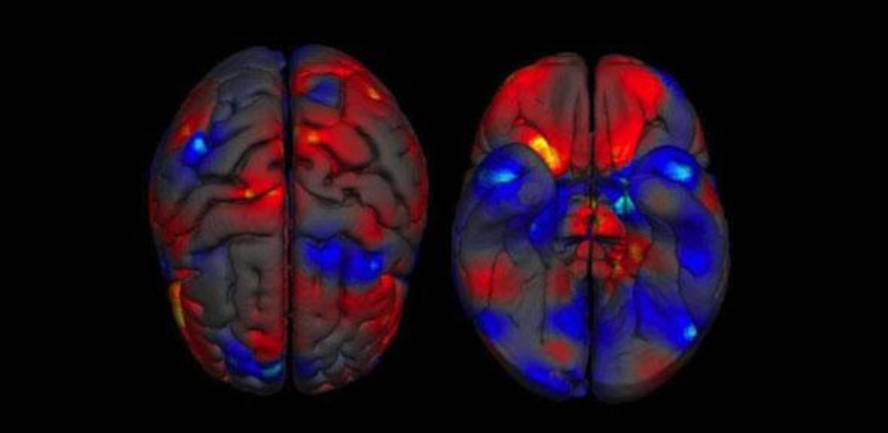Confirm differences between brains of women and men

Analyzing the research on the brain carried out in the last twenty years, the researchers of the University of Cambridge have concluded that the female and male brain structures are not equal, that is, there are differences between one and the other, especially in the limbic system and in the structures related to language.
The study was published in the journal Neuroscience and Biobehavioral Reviews. According to him, the scientific articles published between 1990 and 2013 have been analysed specifically. Although they initially found 5,600 articles, many have had to discard them, for example because they did not separate the data by sex. Finally, 126 articles have been considered that have allowed to collect significant data from thousands of brains.
Comparing these data, researchers observe significant differences in the volumes of certain brain structures of men and women. These differences are especially important in the limbic system and in areas related to language. In fact, many studies have shown that the limbic system is more developed in men than in women, and that it is invested in language-related structures. Therefore, it is no surprise that the joint study confirms this result.
The researchers have given importance to this and have affirmed that henceforth they will not be able to act as if there were no differences, “especially in the investigation of psychic diseases more frequent in men or women.”
In fact, researchers believe that the difference in psychic diseases may be related to differences between the brains of women and men. They have mentioned autism, schizophrenia, and depression and anxiety. In fact, some areas of the limbic system that appear differentiated by sex are related to these diseases, and diseases do not have the same prevalence in some cases and in others: autism appears earlier and more frequent in boys than in girls, and something similar occurs with schizophrenia later, while depression and anxiety appear more often in girls during adolescence. For example, they have not been able to see how the differences in the brain of boys and girls are explained, as age progressed, since most of the brains studied were of ages between 18 and 45. For this reason, they point out that in the coming years there will also be to investigate other age bands, the first years of his life.
Other limitations have also been recognized, for example, the data that appear in the investigations, which in most cases refer to the volume of the brains, which did not take into account the weight and height of the people.
In addition, the researchers stressed the need to individually investigate the consequences of factors affecting the structure of the brain, from environmental and social factors to biological factors, such as prenatal steroid hormones or sex chromosomes.





